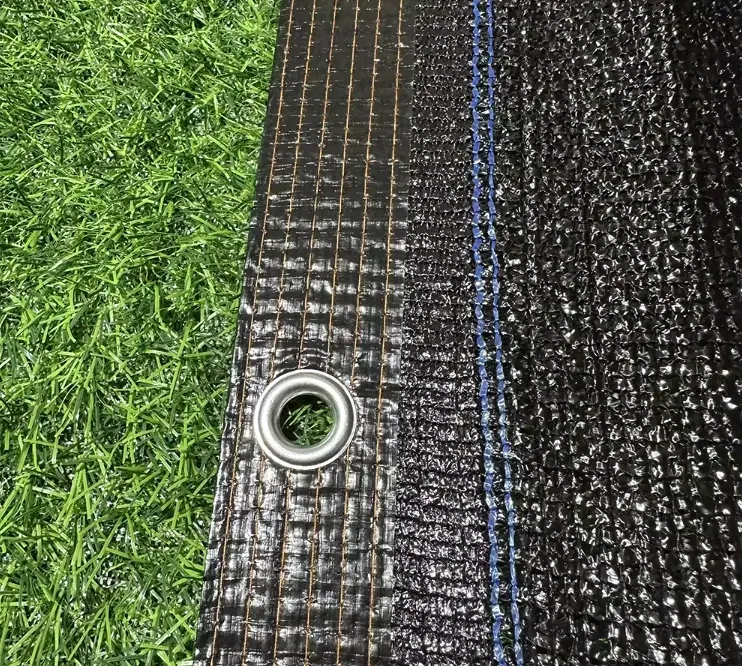-
 Afrikaans
Afrikaans -
 Albanian
Albanian -
 Amharic
Amharic -
 Arabic
Arabic -
 Armenian
Armenian -
 Azerbaijani
Azerbaijani -
 Basque
Basque -
 Belarusian
Belarusian -
 Bengali
Bengali -
 Bosnian
Bosnian -
 Bulgarian
Bulgarian -
 Catalan
Catalan -
 Cebuano
Cebuano -
 China
China -
 Corsican
Corsican -
 Croatian
Croatian -
 Czech
Czech -
 Danish
Danish -
 Dutch
Dutch -
 English
English -
 Esperanto
Esperanto -
 Estonian
Estonian -
 Finnish
Finnish -
 French
French -
 Frisian
Frisian -
 Galician
Galician -
 Georgian
Georgian -
 German
German -
 Greek
Greek -
 Gujarati
Gujarati -
 Haitian Creole
Haitian Creole -
 hausa
hausa -
 hawaiian
hawaiian -
 Hebrew
Hebrew -
 Hindi
Hindi -
 Miao
Miao -
 Hungarian
Hungarian -
 Icelandic
Icelandic -
 igbo
igbo -
 Indonesian
Indonesian -
 irish
irish -
 Italian
Italian -
 Japanese
Japanese -
 Javanese
Javanese -
 Kannada
Kannada -
 kazakh
kazakh -
 Khmer
Khmer -
 Rwandese
Rwandese -
 Korean
Korean -
 Kurdish
Kurdish -
 Kyrgyz
Kyrgyz -
 Lao
Lao -
 Latin
Latin -
 Latvian
Latvian -
 Lithuanian
Lithuanian -
 Luxembourgish
Luxembourgish -
 Macedonian
Macedonian -
 Malgashi
Malgashi -
 Malay
Malay -
 Malayalam
Malayalam -
 Maltese
Maltese -
 Maori
Maori -
 Marathi
Marathi -
 Mongolian
Mongolian -
 Myanmar
Myanmar -
 Nepali
Nepali -
 Norwegian
Norwegian -
 Norwegian
Norwegian -
 Occitan
Occitan -
 Pashto
Pashto -
 Persian
Persian -
 Polish
Polish -
 Portuguese
Portuguese -
 Punjabi
Punjabi -
 Romanian
Romanian -
 Russian
Russian -
 Samoan
Samoan -
 Scottish Gaelic
Scottish Gaelic -
 Serbian
Serbian -
 Sesotho
Sesotho -
 Shona
Shona -
 Sindhi
Sindhi -
 Sinhala
Sinhala -
 Slovak
Slovak -
 Slovenian
Slovenian -
 Somali
Somali -
 Spanish
Spanish -
 Sundanese
Sundanese -
 Swahili
Swahili -
 Swedish
Swedish -
 Tagalog
Tagalog -
 Tajik
Tajik -
 Tamil
Tamil -
 Tatar
Tatar -
 Telugu
Telugu -
 Thai
Thai -
 Turkish
Turkish -
 Turkmen
Turkmen -
 Ukrainian
Ukrainian -
 Urdu
Urdu -
 Uighur
Uighur -
 Uzbek
Uzbek -
 Vietnamese
Vietnamese -
 Welsh
Welsh -
 Bantu
Bantu -
 Yiddish
Yiddish -
 Yoruba
Yoruba -
 Zulu
Zulu
Exploring the Use of HDPE and PP Bags in Various Applications
Exploring HDPE and PP Bags A Sustainable Solution for Packaging Needs
In today's world, where environmental concerns are at the forefront, the packaging industry is evolving rapidly to meet the demands for sustainable and eco-friendly options. Among the various materials used in packaging, High-Density Polyethylene (HDPE) and Polypropylene (PP) bags are gaining popularity due to their versatility, durability, and recyclability. This article will delve into the characteristics and applications of HDPE and PP bags, highlighting their importance in modern packaging solutions.
Understanding HDPE and PP
High-Density Polyethylene (HDPE) is a thermoplastic made from petroleum. It is widely recognized for its strength, density, and resistance to impact and chemicals. HDPE bags are lightweight yet robust, making them ideal for carrying a variety of products. They are typically used for grocery bags, packaging for agricultural products, and industrial applications.
Polypropylene (PP) is another type of thermoplastic that is known for its excellent clarity and strength. PP bags are often used in applications that require a higher level of barrier properties, especially in the food industry to keep products fresh. They are characterized by their glossy finish and ability to be printed with vibrant colors, making them a popular choice for branding and marketing.
Applications in the Market
Both HDPE and PP bags have a wide range of applications, making them indispensable in everyday life. HDPE bags are commonly used in grocery stores for carrying purchases, as well as in retail and POS environments. Their resistance to moisture and chemicals makes them suitable for packaging food items, cleaning products, and household chemicals.
hdpe pp bags

On the other hand, PP bags are utilized in industries that require more specialized packaging solutions. For instance, they are often employed in the textile industry to package fabrics and garments, in the food sector for packaging snacks and baked goods, and in agriculture for packaging seeds and fertilizers. The strength of PP bags allows them to hold heavier items without tearing.
Environmental Impact and Recycling
One concern with plastic bags is their impact on the environment. However, both HDPE and PP are recyclable materials, and advancements in recycling technologies are allowing for more efficient recycling processes. HDPE can be recycled into new bags, bottles, and even construction materials, while PP can be recycled into a wide array of products, including automotive parts and textiles.
The recyclability of these materials is a significant factor in their sustainability. Many manufacturers are now adopting closed-loop recycling processes, where post-consumer waste is collected, processed, and turned back into new products. This not only reduces waste but also minimizes the need for virgin materials, further decreasing the environmental footprint.
Choosing the Right Bag
When selecting between HDPE and PP bags, it’s essential to consider the specific requirements of the application. For everyday grocery use or lightweight products, HDPE bags are often the best choice due to their cost-effectiveness and strength. Conversely, for businesses aiming to enhance their brand image with eye-catching packaging, PP bags provide an excellent solution with their ability to be printed in high quality.
In conclusion, HDPE and PP bags represent a significant step forward in the quest for sustainable packaging solutions. Their durability, versatility, and recyclability make them highly effective for various applications while addressing environmental concerns. As consumers and businesses become more eco-conscious, the demand for these bags will likely increase, paving the way for continued innovation in the packaging industry. Embracing HDPE and PP bags can lead to a more sustainable future, benefiting both the economy and the environment.
-
Shipping Plastic Bags for Every NeedNewsJul.24,2025
-
Safety Netting: Your Shield in ConstructionNewsJul.24,2025
-
Plastic Mesh Netting for Everyday UseNewsJul.24,2025
-
Nylon Netting for Every UseNewsJul.24,2025
-
Mesh Breeder Box for Fish TanksNewsJul.24,2025
-
Expanded Steel Mesh Offers Durable VersatilityNewsJul.24,2025











